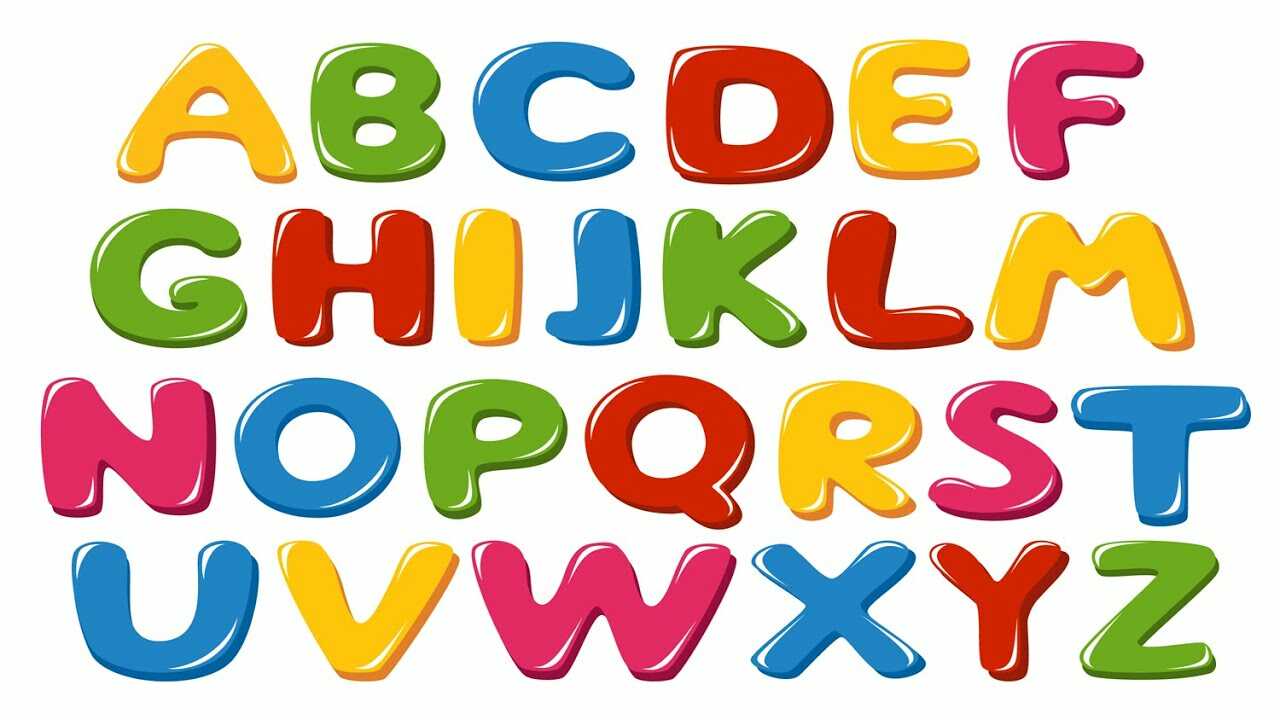Defining the American Dream
The Original Concept
The concept of the American Dream has been a cornerstone of American society since the country’s founding, embodying the ideals of freedom, equality, and opportunity for all. The term “American Dream” was first coined by James Truslow Adams in his 1931 book “The Epic of America,” where he described it as “that dream of a land in which life should be better and richer and fuller for everyone, with opportunity for each according to ability or achievement.”
The idea of the American Dream is rooted in the principles of the Declaration of Independence, which proclaimed that all men are created equal and endowed with certain unalienable rights, including “life, liberty and the pursuit of happiness.” This notion has been interpreted as the freedom to pursue one’s goals and aspirations, regardless of background or circumstances.
The American Dream is often associated with the idea of upward mobility, where individuals can improve their socio-economic status through hard work and determination. It represents a promise of a better life for oneself and one’s family, characterized by material comfort, security, and freedom from want.
The concept of the American Dream has evolved over time, reflecting changing societal values and ideals. In the early 20th century, it was often associated with the idea of owning a home, starting a business, or achieving success in one’s chosen profession. Today, the definition is more nuanced, encompassing a range of aspirations and goals that may include personal fulfillment, happiness, and a sense of purpose.
The American Dream has been critiqued for its association with consumerism, materialism, and individualism, which some argue perpetuate inequality and social injustice. Others see it as an idealistic concept that can be achieved through hard work, education, and access to opportunities.
Ultimately, the meaning of the American Dream is subjective and varies depending on individual perspectives and experiences. It represents a complex interplay of ideals, values, and aspirations that are uniquely American but also universal in their appeal.
The concept of the American Dream continues to be a source of inspiration and motivation for many people, both within the United States and around the world. It serves as a reminder of the power of human imagination, determination, and resilience in shaping our individual and collective futures.
The term “American Dream” was first coined by James Truslow Adams in his 1931 book “The Epic of America”. He defined it as “that dream of a land in which life should be better and richer and fuller for everyone, with opportunity for each according to ability or achievement.”
The concept of the American Dream has evolved significantly since its inception, but at its core, it remains an elusive yet powerful idea that has captivated people’s imagination for centuries.
For many Americans, the American Dream is a multifaceted concept that encompasses various aspects of life, including financial stability, freedom, happiness, and personal fulfillment.
The traditional notion of the American Dream often involves upward mobility, where individuals strive to improve their socio-economic status through hard work, determination, and entrepreneurial spirit.
According to a survey conducted by the Pew Research Center in 2019, 70% of Americans believe that the American Dream is still within reach, although many acknowledge that it requires significant effort and perseverance to achieve.
The concept of the American Dream can be broken down into several key elements:
- Financial security: Having a stable income, owning a home, and being able to provide for one’s family.
- Freedom: Enjoying autonomy, liberty, and independence in pursuing life choices and goals.
- Happiness: Experiencing joy, contentment, and fulfillment in life, often achieved through personal relationships and pursuits.
- Personal growth: Continuously learning, self-improvement, and pushing oneself to reach new heights.
Some argue that the American Dream has become increasingly unattainable for many Americans due to factors such as income inequality, rising costs of living, and limited access to education and job opportunities.
However, others believe that the concept remains relevant and achievable through individual initiative, determination, and adaptability in an ever-changing world.
Ultimately, the meaning and interpretation of the American Dream will continue to evolve as society changes and new generations redefine what it means to be successful and happy in America.
Interpreting the American Dream
Individual Pursuit of Happiness
The concept of the American Dream has been a cornerstone of American society since its inception. It is often associated with the idea of a better life, where individuals can achieve their goals and pursue their passions without limitations or restrictions.
At its core, the American Dream represents the pursuit of Happiness. It suggests that every individual deserves to live a fulfilling life, free from oppression and persecution. This dream is deeply rooted in the notion of individual freedom and autonomy.
In many ways, the American Dream has evolved over time, reflecting changes in societal values and aspirations. Initially, it was tied to economic prosperity, with the idea that success could be achieved through hard work and determination. However, as the concept has matured, it has come to encompass not only financial security but also personal growth, social mobility, and a sense of purpose.
The pursuit of happiness is at the heart of the American Dream. It implies that individuals have the right to strive for their goals, regardless of their background or circumstances. This pursuit is often seen as a fundamental aspect of human nature, driving people to push beyond their limits and explore new horizons.
However, interpreting the American Dream can be complex and nuanced. Some argue that it has become an unattainable ideal, perpetuating social inequality and unrealistic expectations. Others see it as a vital component of American identity, reflecting the country’s core values of freedom, opportunity, and self-reliance.
One way to approach this interpretation is to consider the role of individualism in shaping the American Dream. The emphasis on personal responsibility and initiative suggests that individuals have complete control over their own destinies. Yet, this narrative overlooks systemic barriers and structural injustices that can prevent people from achieving their goals.
Ultimately, the meaning of the American Dream is multifaceted and open to interpretation. It reflects both the promise of a better life and the challenges that lie ahead. As such, it continues to inspire debate, reflection, and redefinition, shaping the very fabric of American society.
According to the United States Declaration of Independence, the right to “life, liberty, and the pursuit of happiness” is a fundamental principle of American society. This concept suggests that individuals have the freedom to pursue their goals and aspirations without undue restriction.
The concept of the American Dream has been a cornerstone of American society since its inception. According to the United States Declaration of Independence, individuals have the right to “life, liberty, and the pursuit of happiness,” which is a fundamental principle of American society.
At its core, the American Dream represents the idea that anyone can achieve success and prosperity through hard work and determination. It suggests that individuals have the freedom to pursue their goals and aspirations without undue restriction or limitation.
The concept of the American Dream has evolved over time and has been influenced by various social, economic, and cultural factors. In its original form, it was closely tied to the idea of economic mobility and the notion that individuals could improve their socio-economic status through hard work and entrepreneurship.
Today, the American Dream encompasses a broader range of aspirations and values, including equal access to education and healthcare, social justice, and community involvement. The concept is no longer limited to individual success but also emphasizes the importance of building a better society for all.
Some common features associated with the American Dream include:
- Financial security: owning a home, having a good income, and being able to afford luxuries
- Educational opportunities: access to quality education and training
- Social mobility: the ability to move up the social ladder through hard work and determination
- Community involvement: participating in local politics, volunteering, and engaging with community activities
- Cultural diversity: embracing different cultures, traditions, and values
The American Dream is often seen as a unifying concept that brings together people from diverse backgrounds and experiences. However, it has also been criticized for being overly idealistic or unrealistic, particularly in light of the many challenges and inequalities faced by various communities.
Interpreting the American Dream requires considering these complexities and nuances while maintaining its core values and principles. It involves recognizing that success is not solely dependent on individual effort but also on systemic and structural factors such as racism, sexism, and economic inequality.
To achieve the American Dream, individuals must work towards creating a more just and equitable society that provides equal opportunities for all to succeed. This requires collective action, community engagement, and a commitment to social change.
Cultural Significance
The American Dream has been a cornerstone of American society and culture for centuries. At its core, it represents a set of ideals that include freedom, equality, and prosperity, as well as opportunities for social mobility, financial success, and personal fulfillment. However, the concept of the American Dream is multifaceted and has evolved over time, reflecting changing values, demographics, and societal norms.
In its original context, the American Dream was associated with the idea of a land of opportunity, where individuals could escape persecution, poverty, and social inequality to build a better life for themselves and their families. This notion was encapsulated in the Declaration of Independence’s phrase “life, liberty, and the pursuit of happiness,” which has become an iconic representation of American ideals.
However, as the United States grew and evolved, so did its understanding of the American Dream. The concept began to encompass not only individual success but also collective prosperity, social justice, and environmental sustainability. This shift reflects a broader recognition that true fulfillment and happiness depend on more than just personal achievement or wealth.
The cultural significance of the American Dream lies in its ability to inspire hope, motivate individuals, and foster a sense of community. It has been a driving force behind countless immigrants’ journeys to America, seeking refuge from war, persecution, or economic hardship. The American Dream has also served as a unifying force within the country, symbolizing the shared aspirations and values that transcend regional, ethnic, and socioeconomic differences.
Yet, the American Dream is not without its criticisms and controversies. Some argue that it perpetuates unrealistic expectations, social comparison, and materialism, leading to feelings of inadequacy, dissatisfaction, or even despair. Others contend that it masks underlying issues such as racism, income inequality, and systemic injustices, which undermine true equality and opportunity.
Despite these critiques, the American Dream remains a powerful symbol of human aspiration and potential. It continues to inspire artists, writers, musicians, and creatives, who draw on its themes in their work. In many ways, it has become an integral part of American folklore, representing both the country’s ideals and its imperfections.
As we navigate the complexities of modern society, it is essential to reexamine and reinterpret the meaning of the American Dream. We must acknowledge the historical contexts and ongoing struggles that shape its significance, while also recognizing the ways in which it can evolve to meet new challenges and aspirations. By engaging with this multifaceted concept, we can work towards creating a more inclusive, equitable, and just society – one that truly embodies the promise of freedom, equality, and prosperity for all.
The American Dream has become an integral part of American culture and identity. It represents a promise of upward mobility and social mobility, where individuals can improve their socioeconomic status through hard work and determination.
The concept of the American Dream has been a cornerstone of American culture and identity, representing a promise of upward mobility and social mobility for generations. At its core, the American Dream is about achieving a better life through hard work and determination. It suggests that anyone can improve their socioeconomic status regardless of their background or circumstances, as long as they are willing to put in the effort.
The idea of the American Dream has its roots in the country’s history, particularly in the ideas of the founding fathers who sought to create a new nation based on principles of equality and opportunity. The concept has evolved over time, but its essence remains the same – it is about achieving one’s potential and living a life that reflects individual aspirations.
One key aspect of the American Dream is the idea of upward mobility. It suggests that individuals can move up the social ladder through their own efforts, regardless of where they start in life. This means that people from humble beginnings can achieve success, wealth, or fame if they work hard and pursue their passions. The idea is not just about material wealth, but also about personal growth and self-improvement.
The American Dream also implies social mobility, which allows individuals to move between different socio-economic classes. This means that someone from a working-class background can become middle class or even wealthy through education, hard work, and determination. Social mobility is seen as a key driver of the American Dream, allowing people to improve their lives and those of their families.
However, critics argue that the American Dream has become an illusion for many Americans, particularly in recent years. The increasing wealth gap, stagnant wages, and rising costs of living have made it difficult for many individuals to achieve upward mobility or social mobility. Moreover, systemic barriers such as racism, sexism, and classism can prevent people from realizing their dreams.
Despite these criticisms, the American Dream remains an integral part of American culture and identity. It continues to inspire Americans to strive for a better life, even if that means overcoming significant obstacles. The concept also serves as a reminder that individuals have agency and control over their lives, and that they can shape their own destinies through hard work, determination, and perseverance.
In conclusion, the American Dream represents a promise of upward mobility and social mobility for Americans. It is about achieving a better life through individual efforts and overcoming obstacles to achieve success and personal growth. While critics argue that the dream has become an illusion for many, it remains an integral part of American culture and identity, inspiring people to strive for a better life.
- Busy Dream Meaning: What Does Being Busy Symbolize In Your Dream? - September 16, 2024
- Bulimia Dream Meaning: What Does Bulimia Represent In Your Dream? - September 15, 2024
- Bandage Dream Meaning: What Does A Bandage Mean In Your Dream? - September 15, 2024







